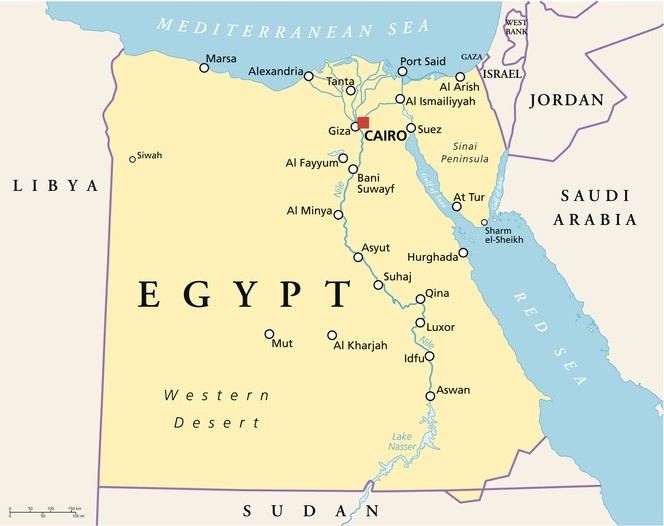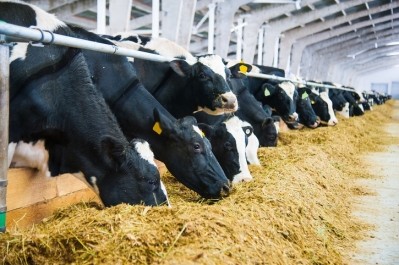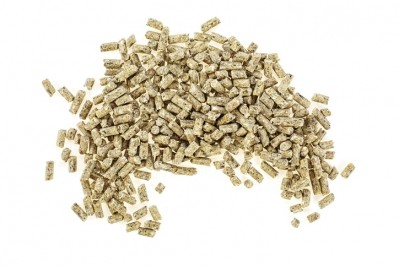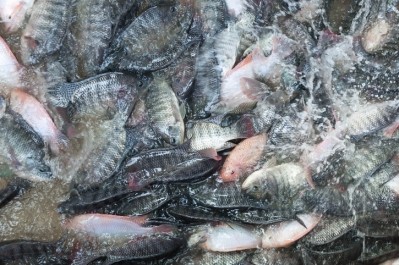New investments in poultry feed mills in Egypt, more local corn planting

The US agency forecasts that Egypt’s corn production in 2019/20 will be, at 7.2MMT, up 6% from a year earlier. The area harvested is set to reach 900,000 hectares in 2019/20, up some 50,000 hectares from 2018/19, it added. The report predicts Egypt’s corn consumption level in 2019/120 will be 16.4 MMT, up almost 2% from the previous year.
The USDA also forecasts poultry feed prices in Egypt to drop from $414.50 per metric ton to $391/MT.
Egyptian poultry industry
Egypt’s poultry industry employs 2.5 million workers, with investment reaching $3.73bn, some, according to the USDA data.
The sector produces nearly 1.25 billion day-old chicks, 1.1 billion broilers and 8 billion table eggs per year. Large commercial breeders account for about 70% of the production.
Egypt’s feed mills, as per the review, produce a poultry feed-mix of 70% yellow corn, 19.4% soybean meal, 3.4% wheat bran, and 1.9% concentrates - fish or meat meals - in addition to minerals and vitamins.
“We anticipate the poultry sector’s feed consumption to grow by 2-3% as the larger producers consolidate and vertical integration increases. Since the beginning of MY 2018/19, the market has seen new investments in poultry feed mills, with capacities reaching 6,500 metric tons per day," said the authors of the report.
Additional feed lines are coming online, adding to already existing feed milling capacities to increase production of aqua and cattle feed in the North African country, they reported.
Dakahlia Poultry Co, one of Egypt’s largest investors in the poultry sector, recently inaugurated a new feed mill with a capacity of 3,000 MT/day of poultry feed and 400 MT/day of aqua feed, said the USDA. The new feed mill is the largest in the Middle East, noted the US agency’s publication.
Dakahlia’s feed line, utilizing a quality feed system, is allowing it to produce broilers averaging 2.1kg in bodyweight in 33.5 days with a 1.53 feed conversion ratio (FCR), revealed the report.
In January this year, Egypt’s Ministry of Agriculture and Land Reclamation (MALR) signed four new poultry investment contracts, totaling $84.5m, with producers for the establishment of five new projects, spread out over 3,300 hectares, in Upper and Western Egypt, found the publication. These projects will produce, on an annual basis, 62 million broiler chicks, 4.2 million mothers, 100,000 grandmothers, and 30 million table eggs, generating nearly 2,000 new jobs, it added.
The ministry, said the USDA, has received another 18 poultry project requests, totaling $977.5m in new investments. “If the projects receive approval, they will produce annually 300 million broiler birds, 3.9 million mothers, and 1.1 billion table eggs, while generating 9,000 new jobs.”
Imports
The USDA, however, forecasts that Egypt’s corn imports in 2019/20 will be up 1% on 2018/19, at 9.5 MMT.
“Egypt’s yellow corn production covers less than 20% of its feed demand needs. Imports are supplementing the feed manufacturing industry’s expanded production.”
Egypt’s top three suppliers in 2018 were Argentina at 2.7 MMT, Ukraine at 2.4 MMT, Brazil at 2.1 MMT and the US at 1.8MMT.
Dairy, aquaculture sectors
The USDA country review also found that the dairy industry in Egypt is experiencing a growth rate of 2-2.5% per annum. “The sector is rapidly industrializing, driven by increased demand for fresh, refrigerated dairy products. Middle-sized dairy farms are now increasingly relying on higher yielding Holstein cattle.”
Egyptian aquaculture is also witnessing spectacular, rapid development, said the market specialists. Production is reaching 1.5 MMT, and is up sharply; it now accounts for 80% of Egypt’s total fish production, both farmed and wild catch.
“Egypt is today the tenth largest producer of farmed fish, as well as the world’s second largest producer of tilapia.”
Investment in feed mills is expanding to meet demand for high-quality extruded feed.
Aquaculture’s major dietary energy sources include 20-25% yellow corn, 20-30% wheat bran, 10-25% rice bran, and 1-5% vegetable oils. The feed mix formulation depend on the protein and energy contents of the feed, as well as the availability and price of the ingredients, including fish species and their sizes.















